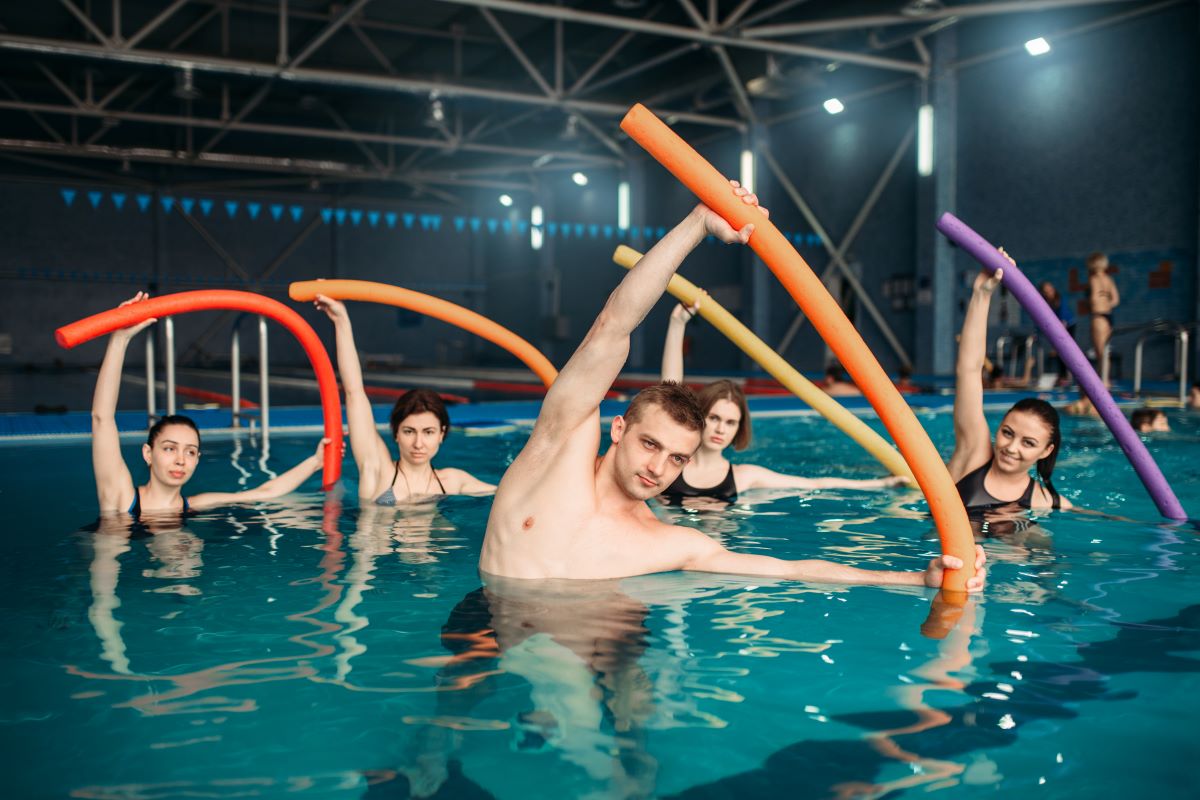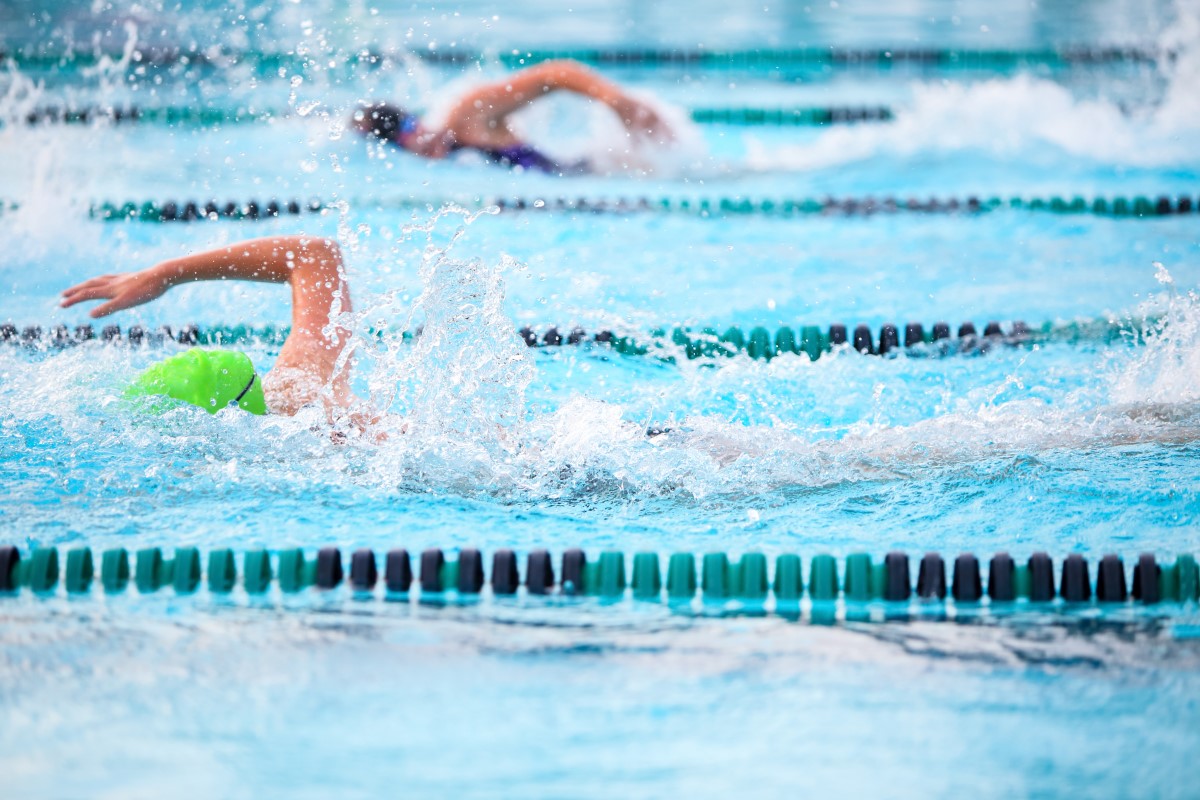
Having a major injury can be an eye-opening experience for many people. Things that were once easy become much more difficult. Since swimming puts minimal stress on the joints and bones, it’s a great rehabilitation exercise.
Sports and workouts that are low impact are the best ones for people recovering from injuries. In water up to your neck, you bear only 10% of your body weight. These are helpful general exercises for the recently injured or anyone who wants a lower impact water workout.
Leg/Flutter Kick
Moving the legs like this will develop more flexibility in your knees and improve heart health. It also works the stomach and prepares you for the variety of strokes u sed in swimming. Follow these steps:
sed in swimming. Follow these steps:
- Place a pool noodle beneath your arms and hold onto a kickboard in front of you.
- Extend your body to make it flat on the surface of the water.
- With your legs extended, start to kick and alternate between your two legs.
- Ensure your kicks are evenly timed, your toes are pointed and don’t bend your knees.
- Repeat the steps until tired or satisfied with your progress.
Flutter kicks are a great form of cardio. It is used during the front crawl or freestyle stroke. The goal is to keep your body positioned in the water. This works out the core because it’s used to stay afloat.
Water Walking/Running
Work all of your leg muscles with water walking or running! Here’s how:
 Stand in the water up to your chest or shoulder.
Stand in the water up to your chest or shoulder.- March in place, while exaggeratedly moving your arms and legs.
- Extend the toes and fingers.
- Walk for 5-10 minutes to elevate your heart rate.
- Keep practicing and get faster over time.
Walking or running through the water is a form of resistance training. For more resistance, put on some wrist weights. Switching up your speed can up the intensity of this workout as well and get you fit!
Sculling Exercise
Get those arms moving with a sculling exercise. Here’s our step-by-step guide that will help get you started:
- Float on your back in the pool while letting your chin touch your chest.
- Keep the rest of the body flat and point your toes.

- Place your arms at your side with the palms facing down.
- Keep your upper arm close to your body and put your hands to your side below the water.
- Turn the palms inward and move them back towards your body.
- Move the arms in a figure-eight motion and repeat it to propel through the water.
Hand paddles are used to train when sculling. They are plastic boards that have two straps attached to the back for the hands to go through. These boards ensure correct hand positioning for the highest impact.

 Stand in the water up to your chest or shoulder.
Stand in the water up to your chest or shoulder.

